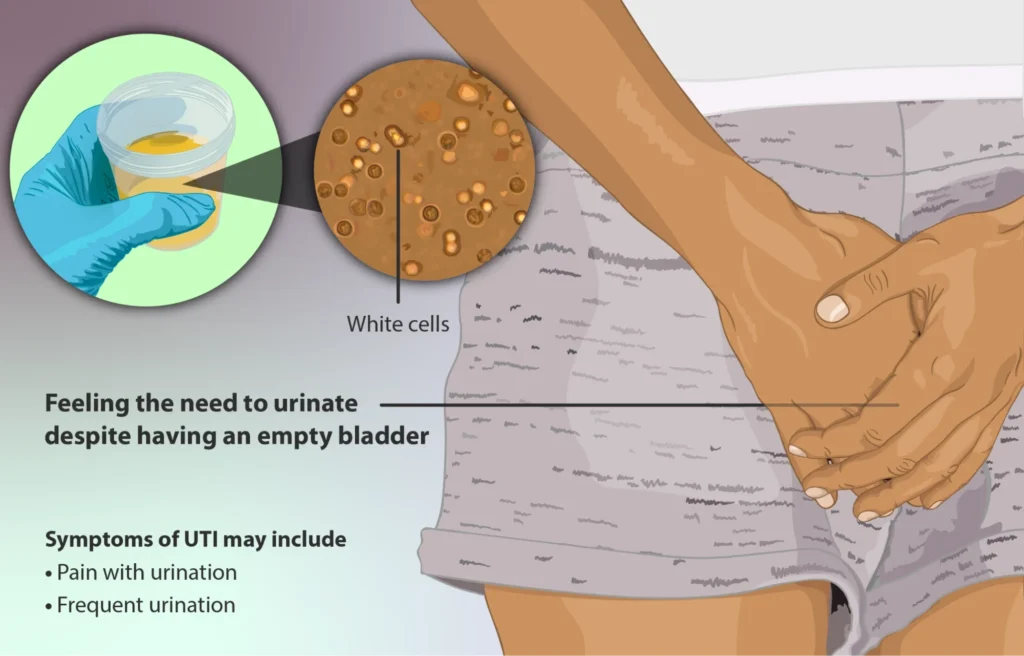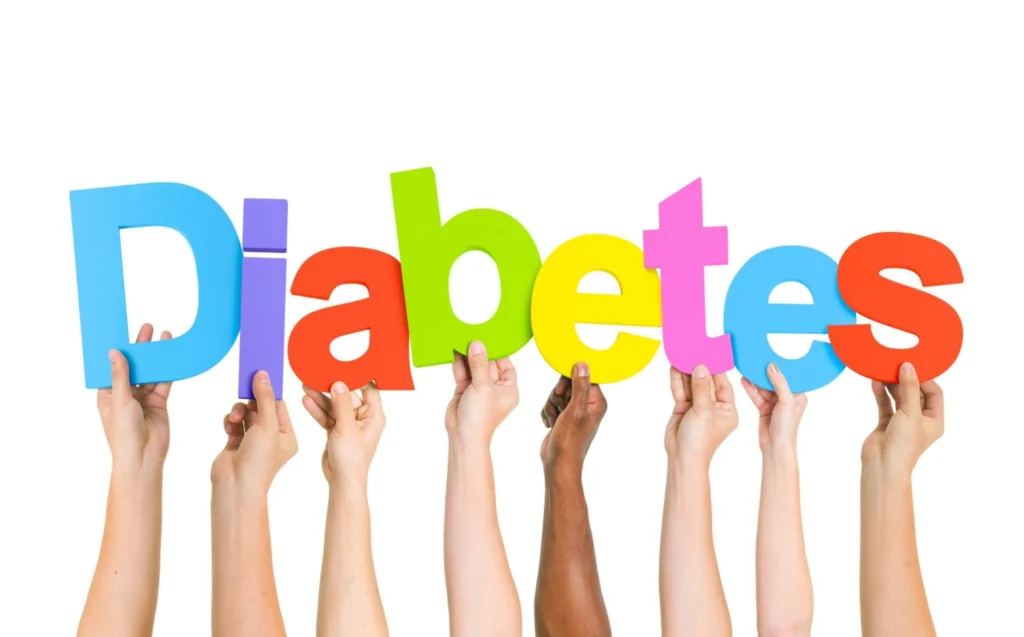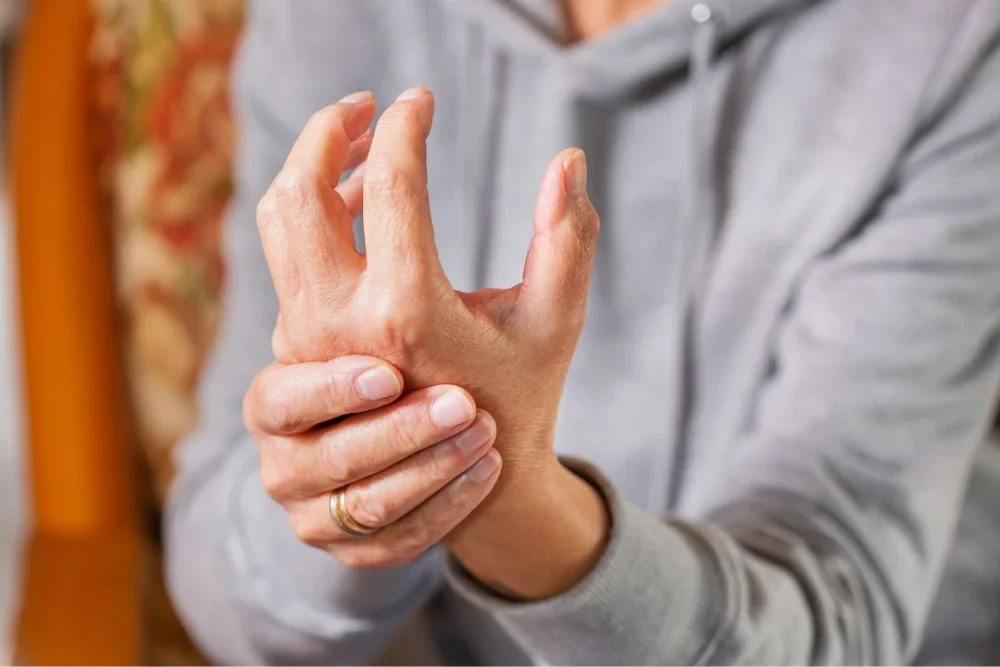Are you a woman who wants to take control of your health? Understanding the early signs of diabetes can be a pivotal step towards maintaining your well-being. Diabetes is a chronic disease that affects millions of women worldwide, but many remain unaware of the warning signs.
Table of Contents
In this article, we will dive into the early symptoms that women should be aware of. From increased thirst and frequent urination to unexplained weight loss and fatigue, recognizing these signs early on can be a game-changer for your health.
At Complete Care Physicians in Katy, Texas, we believe that knowledge is power when it comes to managing your health. That’s why we have compiled this guide to help you spot early signs of diabetes and take proactive measures to stay healthy.
Whether you’re already experiencing symptoms or simply want to be prepared, this article will equip you with the information you need to make informed decisions about your health. Don’t let diabetes catch you off guard – empower yourself with the knowledge you need to lead a healthy and fulfilling life.

Understanding the early signs of diabetes
Diabetes is a metabolic disorder that occurs when your body cannot effectively use or produce insulin, a hormone that regulates blood sugar levels. While both men and women can develop diabetes, there are certain signs and symptoms that are more prevalent in women.
One of the most common early signs of diabetes in women is increased thirst. If you find yourself constantly reaching for a glass of water, even if you haven’t engaged in any strenuous activity, it could be a sign that your blood sugar levels are too high. This excessive thirst, known as polydipsia, occurs because your body is trying to flush out the excess sugar through increased urination.

Additionally, frequent urination is another early sign of diabetes in women. If you notice that you’re making more trips to the bathroom than usual, especially during the night, it could be a red flag. Excess sugar in your bloodstream can cause your kidneys to work harder to filter and absorb the sugar, resulting in increased urine production.
Unexplained weight loss is another symptom that women should be aware of. While weight loss is often associated with positive changes in diet and exercise, if you’re losing weight without making any intentional lifestyle changes, it could be a sign of diabetes. When your body doesn’t produce enough insulin or can’t effectively use it, it starts breaking down fat and muscle for energy, leading to weight loss.
How diabetes affects women differently than men
While diabetes affects both men and women, there are some key differences in how the disease manifests in each gender. Women with diabetes face unique challenges and may experience different symptoms compared to their male counterparts. Understanding these differences can help women recognize the early signs of diabetes and seek appropriate care.

One way diabetes affects women differently is through the impact on reproductive health. Women with polycystic ovary syndrome (PCOS), have a higher risk of developing a hormonal disorder that can cause irregular periods, fertility issues, weight gain and insulin resistance. Conversely, diabetes can also be influenced by hormonal changes during pregnancy, leading to gestational diabetes.
Furthermore, women with diabetes are more prone to urinary tract infections (UTIs) and yeast infections. High blood sugar levels create an environment that promotes the growth of bacteria and yeast, leading to frequent infections in the urinary tract and genital area. These recurring infections can be a sign of underlying diabetes and should not be ignored.

Another difference is the increased risk of heart disease in women with diabetes. Women with diabetes have a higher risk of developing heart disease compared to men with diabetes. This is due to a combination of factors, including hormonal differences, higher levels of inflammation, and the impact of diabetes on blood vessels. It’s important for women with diabetes to be proactive in managing their cardiovascular health through regular exercise, a healthy diet, and regular check-ups with their healthcare provider.
Common symptoms of diabetes in men and women
Recognizing the early signs and symptoms of diabetes is crucial for early detection and appropriate management.

In addition to increased thirst, frequent urination, and unexplained weight loss, women with diabetes may also experience chronic fatigue. Feeling tired and lethargic, even after getting enough rest, can be a sign that your body is struggling to process sugar effectively. High blood sugar levels can impact your energy levels and leave you feeling drained.
Another common symptom is blurred vision. Elevated blood sugar levels can cause the lens in your eye to swell, affecting your ability to focus and resulting in blurred vision. If you notice sudden changes in your vision, it’s important to get your blood sugar levels checked, as it could be an indication of diabetes.
Diabetics may also experience slow-healing wounds or frequent infections. High blood sugar levels can impair the body’s ability to heal itself and fight off infections. If you notice that cuts or sores take longer to heal, or if you’re experiencing recurring infections, it’s important to consult with your healthcare provider.
Risk factors for developing diabetes in men and women
While anyone can develop diabetes, certain factors can increase a woman’s risk of developing the disease. By understanding these risk factors, you can take proactive steps to reduce your chances of developing diabetes and maintain optimal health.

One of the primary risk factors for diabetes in women is being overweight or obese. Excess weight can increase insulin resistance, making it more difficult for your body to regulate blood sugar levels. Maintaining a healthy weight through a balanced diet and regular exercise can significantly reduce your risk of developing diabetes.
Additionally, a family history of diabetes can increase your likelihood of developing the disease. If you have a parent or sibling with diabetes, your risk is higher compared to someone with no family history. While you can’t change your genetics, being aware of your family history can help you make informed decisions about your health and take appropriate preventive measures.

Age also plays a role in diabetes risk for women. As women get older, their risk of developing diabetes increases. This is partly due to hormonal changes that occur during menopause, which can impact insulin production and sensitivity. Regular check-ups and blood sugar screenings become even more important as you age to catch any signs of diabetes early on.
Diagnosing diabetes
Early diagnosis of diabetes is crucial for effective management and prevention of complications. If you’re experiencing symptoms or have identified potential risk factors, it’s important to consult with your healthcare provider for a proper diagnosis.

The diagnosis of diabetes is typically done through a combination of blood tests, including fasting plasma glucose (FPG) test or oral glucose tolerance test (OGTT), and A1C test. These tests measure your blood sugar levels and provide valuable information about your body’s ability to regulate glucose.
The fasting plasma glucose (FPG) test involves measuring your blood sugar levels after a period of fasting. If your blood sugar levels are consistently above the normal range, it may indicate diabetes. The oral glucose tolerance test (OGTT) involves drinking a sugary solution and having your blood sugar levels tested at regular intervals.
The A1C test provides an average of your blood sugar levels over the past two to three months. This test measures the percentage of hemoglobin with attached glucose molecules, reflecting your average blood sugar levels. A higher A1C percentage indicates poorer blood sugar control and may suggest the presence of diabetes.
If you receive a diagnosis of diabetes, it’s important to work closely with your healthcare provider to develop a personalized treatment plan. Diabetes is a chronic condition that requires ongoing management to prevent complications and maintain optimal health.
Prevention and management of diabetes in women
While diabetes cannot be completely prevented, there are several lifestyle changes women can make to reduce their risk and effectively manage the disease. By adopting healthy habits and making informed choices, you can take control of your health and lead a fulfilling life.

Maintaining a healthy weight is key to preventing and managing diabetes. Losing excess weight through a combination of a balanced diet and regular exercise can significantly reduce your risk. Focus on consuming nutrient-dense foods, such as fruits, vegetables, whole grains, and lean proteins, while limiting processed foods, sugary drinks, and high-fat foods.
Regular physical activity is also important for diabetes prevention and management. Engaging in at least 150 minutes of moderate-intensity aerobic activity, such as brisk walking or swimming, per week can help improve insulin sensitivity and regulate blood sugar levels. Additionally, incorporating strength training exercises into your routine can help build muscle and improve overall metabolic health.

Furthermore, managing stress levels and getting enough sleep are important aspects of diabetes prevention and management. Chronic stress and lack of sleep can impact your body’s ability to regulate blood sugar levels effectively. Incorporating stress-reducing activities, such as meditation or yoga, into your routine and prioritizing quality sleep can support overall well-being.
Treatment options for diabetes

Type 2 diabetes can often be managed through a combination of lifestyle changes, oral medications, and sometimes insulin. Adopting a balanced meal plan, engaging in regular physical activity, and monitoring blood sugar levels are key. In some cases, oral medications or insulin may be prescribed to help regulate blood sugar levels.
In addition to medical treatments, regular check-ups with your healthcare provider are crucial for monitoring your diabetes and addressing any concerns or complications that may arise. Diabetes is a complex disease, and your treatment plan may need to be adjusted over time to ensure optimal management.
Conclusion and importance of early detection
In conclusion, understanding the early signs of diabetes in women is crucial for early detection, effective management, and prevention of complications. By recognizing the symptoms and risk factors, women can take proactive measures to protect their health and lead fulfilling lives.

Don’t let diabetes catch you off guard – empower yourself with the knowledge you need to lead a healthy and fulfilling life. Take control of your health and make informed decisions to protect yourself from the early signs of diabetes. Remember, knowledge is power, and with the right information, you can take charge of your well-being.











